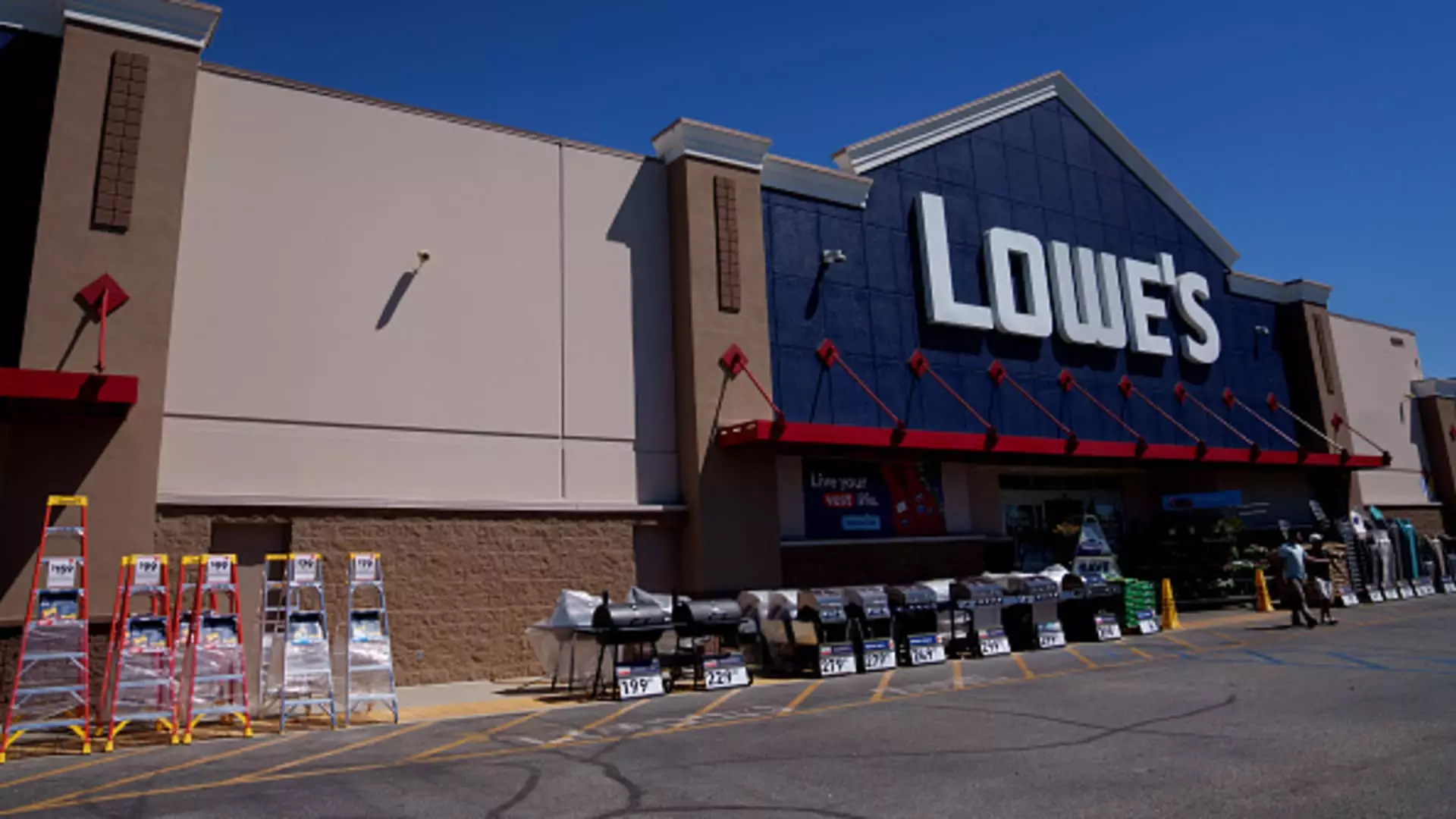The financial landscape has recently shifted, as the Federal Reserve initiated a significant interest rate-cutting cycle aimed at stimulating economic growth. This newfound monetary policy approach has triggered speculation regarding the potential trajectory of retail and home improvement stocks, which are poised for a resurgence as consumer spending habits evolve in response to the changing environment. Notable insights from industry experts indicate that this period may present lucrative investment opportunities for discerning stakeholders willing to identify key beneficiaries.
A closer examination of past Fed easing cycles reveals a consistent pattern: retail stocks frequently outperform broader market indices like the S&P 500 during the months following monetary policy adjustments. CEO Dana Telsey from Telsey Advisory Group highlighted that consumer discretionary stocks have managed to outperform the S&P 500 in seven out of the last nine easing cycles within the initial nine months post-rate cut. This historical trend implies that investors could see considerable benefits by focusing on retail stocks during this pivotal moment.
The relevance of these insights is underscored by the recent 0.5% rate cut, marking the Fed’s first such move since March 2020. The implications of this decision extend beyond immediate financial metrics; they affect borrowing costs across various sectors, including mortgages and credit cards. Telsey posits that easing rates will not only stimulate economic activity but will also enhance consumer confidence, effectively lifting the overall spending sentiment among middle- to upper-income consumers.
As market dynamics shift, several retail categories are expected to emerge as frontrunners. Telsey identified three critical scenarios that would leverage upcoming rate cuts to benefit different consumer demographics. Primarily, stocks in the discount retail space are expected to perform well if middle-income consumers experience an uplift in disposable income. Companies such as Dollar General and Walmart have been highlighted as key players, with target price predictions indicating possible upside. However, it’s imperative to note that Dollar General has faced its fair share of challenges this year, incurring a staggering decline of over 36%, largely attributable to rising inflation pressures on lower-income consumers and operational hurdles.
Contrastingly, Walmart has seen its shares rise nearly 52.2%, showcasing market confidence in its resilience amidst changing consumer requirements. The home improvement sector, represented by industry giants like Home Depot and Lowe’s, is anticipated to thrive as consumer sentiment improves and disposable income rises. The potential for increased financing of home renovation projects could revitalize sales after a period of stagnation, evidenced by Home Depot’s forecast for a 3% to 4% sales decline—an outlook that may shift positively if market conditions align favorably.
Moreover, the technology space is poised for a uplift, particularly for retailers like Best Buy, which could benefit from enhanced consumer sentiment among middle-income shoppers. As discretionary spending potentially rebounds, retailers who cater to both essential and luxury products will likely see varying degrees of success based on consumer sentiment.
For high-end retailers, Telsey predicts companies like Williams-Sonoma and Birkenstock are set to outperform, bolstered by an uptick in consumer confidence stemming from rising equity markets and an easing housing market. With projected price targets indicating potential gains of 14.8% for Williams-Sonoma, which has already surged 50% this year, investments in high-end retailers could become increasingly appealing as the economic landscape continues to transform.
The current environment presents a unique array of investment opportunities, particularly in sectors that stand to benefit from upcoming shifts in consumer behavior and spending. By employing a strategic approach that considers both historical trends and current market conditions, investors can potentially capitalize on the advantageous position of retail and home improvement stocks. The landscape is evolving, and with the right foresight, opportunities may abound for those who are prepared to adapt to the new economic realities ushered in by the Federal Reserve’s monetary policy adjustments. As the saying goes, in times of change, there lie the seeds of opportunity.

